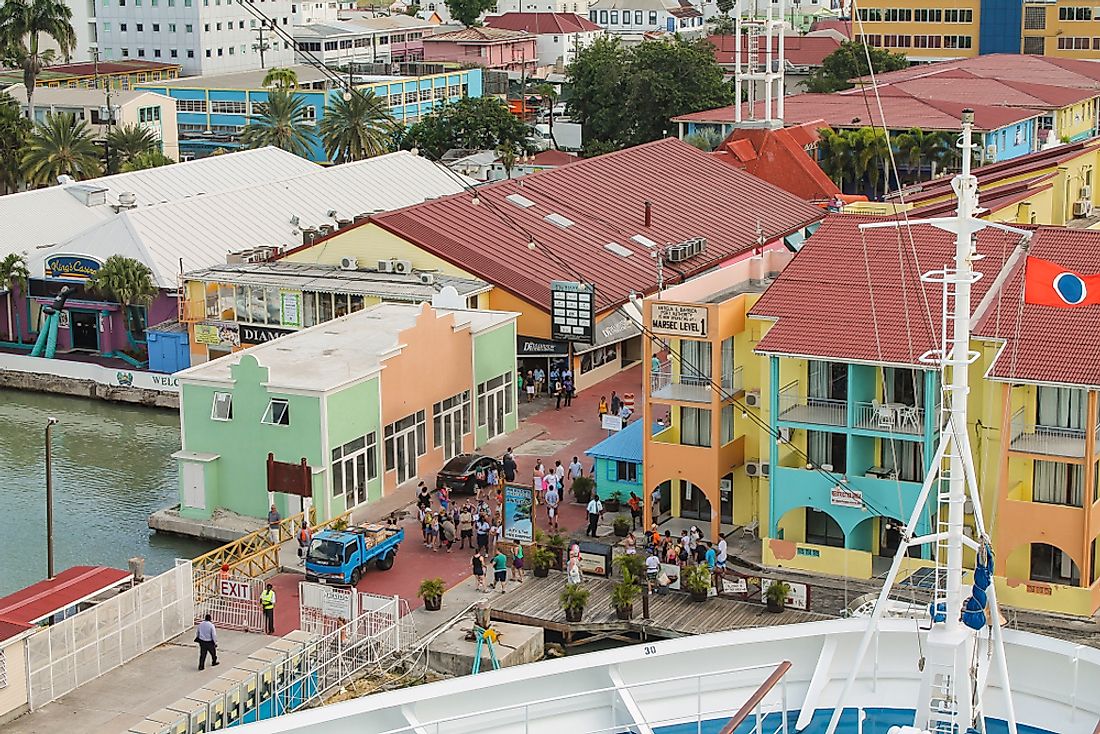Ethnic Composition Of Antigua And Barbuda

Antigua and Barbuda is a country found in the West Indies between the Caribbean Sea and the Atlantic. The country is made up of two primary islands of Antigua and Barbuda as well as other small islands. According to the 2011 Census, the country had a population of 81,800, but the estimates of 2019 put the population at 97,110. The country's capital city, which is also the largest city, is Saint John's which is found on the island of Antigua, with a population of 25,000 people. There are approximately 4,500 Americans living in the country, which is among the highest population of Americans living in English-speaking countries in the Eastern Caribbean.
Early Inhabitants of Antigua and Barbuda
It is believed that the earliest inhabitants of Antigua and Barbuda in about 2400 BC were the Siboney people. However, by the time Christopher Columbus landed on the island in a second voyage in 1493, the people who inhabited the Islands were the Arawak. The first European settlers in Barbuda and Antigua were the French and the Spanish who were later succeeded by the British who colonized the Island in 1667. It was during this time when slavery was established until it was later abolished in 1834. The island of Antigua and Barbuda gained its independence in 1981 but remained within the British Commonwealth of Nations.
Ethnic Composition
The population of the country is primarily black. Black Antiguans and Barbudans account for about 91% of the country’s population, out of which 4.4% are mixed-race. The majority of the black people in Antigua and Barbuda were the descendants of the African slaves particularly from the west and central Africa in areas such as the Bight of Biafra, Gold coast, Sierra Leone, Guinea, Bight of Benin, and Senegambia. The early settlers on Antigua and Barbuda cultivated crops such as tobacco, ginger, indigo, and sugarcane.
The white population in the country accounts for 1.9% of the total population, while Indians and other Asians account for 0.7%. Besides these racial groups, there is a small population of Native Americans who in 1991 where 177 and in 2014 they were 2,001 accounting for 0.3% of the country's population. About 1.6% of the country's population is made up of people from the Middle East, accounting for 0.6% and Chinese accounting for 0.2%. According to the census of 2001, about 30% of the total population or 19,425 people identified their place of birth as a foreign country. The main countries of origin were identified as Jamaica, Dominica, and Guyana. About 23% of all the foreign-born citizens or approximately 4,500 came from Guyana, and about 20% or 3,300 were from Dominica, while 14% or 2,800 were from Jamaica. The largest group from one country outside the Caribbean was from the United States. Approximately 9% or 1,715 of foreign-born were from the US, 3% were from the UK, while 1% was from Canada.











